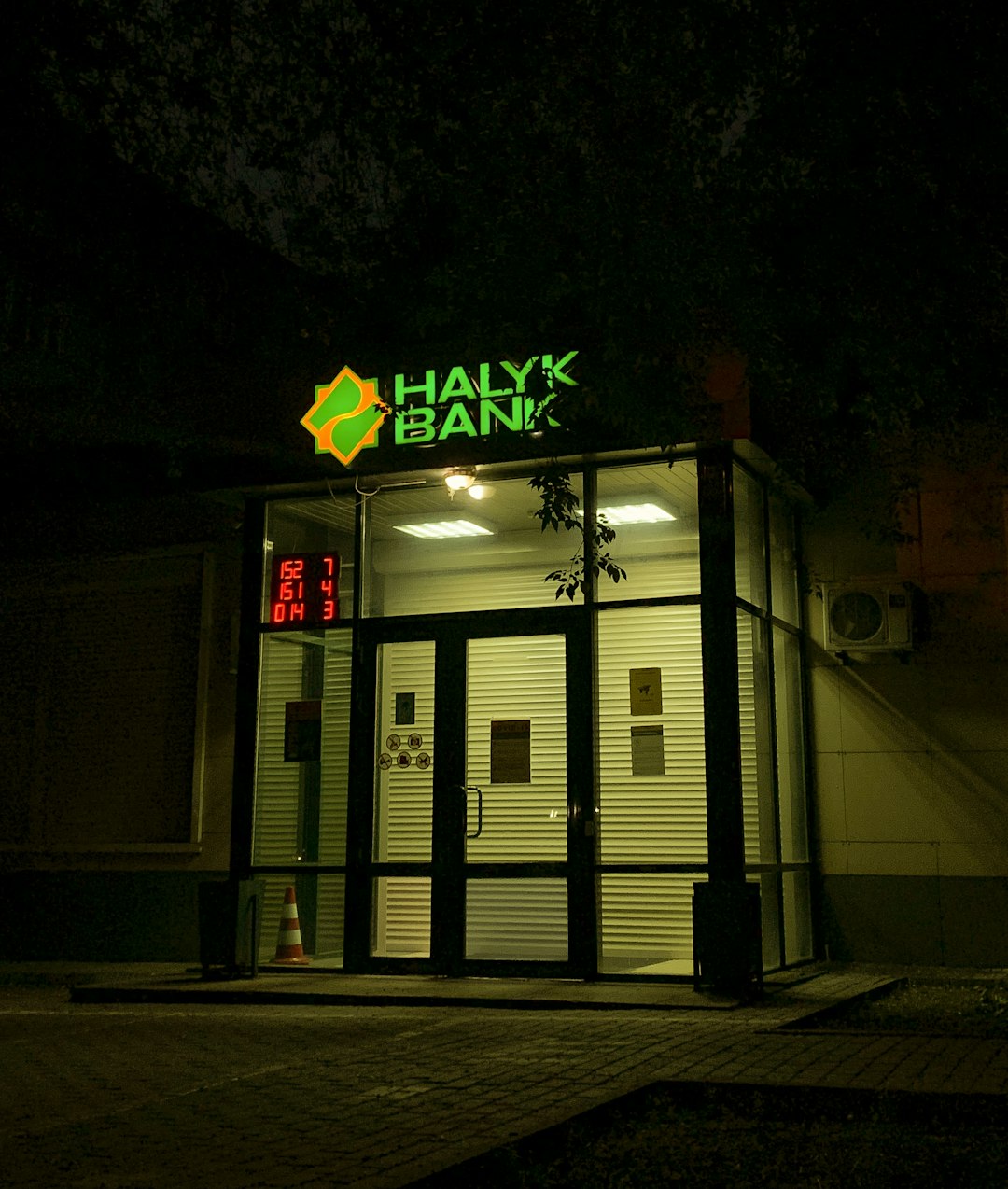Running an online business is exciting. You create products, attract customers, and boom—sales start rolling in. But there’s one thing that can cause serious heartburn: payout delays. And for Stripe merchants, this pain became a recurring nightmare. The culprit? Bank network holds. Let’s dive into how smart merchants discovered and fixed this behind-the-scenes issue that was slowing their cash flow.
TLDR: Stripe merchants were facing unexplained delays in receiving their payouts. After digging deep, they found the cause: bank network holds. These holds created bottlenecks in the payment flow, even when Stripe had sent the funds. Merchants teamed up with support, used data diagnostics, and discovered simple habits that helped get their money faster.
What Are Bank Network Holds?
A bank network hold is like a pit stop on the way to your money. It happens when your bank receives funds but doesn’t make them available right away. This delay isn’t caused by Stripe but can make it seem like Stripe is slow. In other words, Stripe sends the money — but your bank hits the brakes.
This invisible wall confused thousands of Stripe merchants. They expected quick funds but were left refreshing bank pages and wondering where their cash went.

How Merchants Realized There Was a Pattern
At first, it looked random. Some payouts were fast. Others, not so much. But over time, merchants started comparing notes. In online forums, support tickets, and Slack groups, a pattern began to emerge.
- Payouts were consistently delayed by 1–3 business days.
- Delays usually happened after weekends or holidays.
- Payouts often showed as “sent” within Stripe but weren’t available in bank accounts.
Merchant Sam from Texas put it this way: “Stripe said the funds were sent Monday morning, but my bank didn’t show anything until Wednesday. This kept happening every week!”
Stripe Joins the Investigation
After enough complaints, Stripe took notice. Their support team began pulling logs and payout timestamps. They found something interesting: their system was releasing payouts promptly. The slowdown was happening after the money left their system.
This pointed fingers at the final leg of the journey — the bank.
What Stripe Did
- Cross-checked payouts’ send times with internal money movement systems.
- Gathered feedback from merchants in different regions and banks.
- Contacted larger banks to get clarity on posting timelines and policies.
They confirmed what merchants suspected: many banks temporarily “hold” incoming ACH or wire transfers, sometimes for security or batch processing reasons.
Helpful Clues That Solved the Mystery
Some merchants went a step further. They tested setups with different banks and even changed business accounts to see if it made a difference.
What they discovered:
- Newer online-only banks often released funds faster than traditional brick-and-mortar banks.
- Switching to real-time payouts or faster rails (like Instant Payouts) cut delay times almost entirely.
- The issue varied based on the receiving bank’s internal rules.

Common Banks That Introduce Holds
This list is by no means official, but here’s what merchants commonly reported:
- Bank of America: Known for delaying incoming payments by up to 2 business days.
- Wells Fargo: Sometimes reclassifies Stripe transfers as “suspicious,” adding a manual review.
- Chase: Mixed results. Some accounts get instant access; others face long holds.
In contrast, neo-banks like Mercury and Brex often posted Stripe payouts within hours, even on weekends.
How Merchants Fixed It
Once the root cause was clear, merchants took action. Here’s what they did:
1. Switched to Faster Payout Options
Stripe offers two types of payouts:
- Standard Payouts: These go through traditional bank channels and take 1–3 business days.
- Instant Payouts: These arrive within minutes using Visa Direct or similar instant rails.
Many merchants opted for Instant Payouts despite the small fee. They liked the control and speed.
2. Changed Bank Providers
Especially for those who got paid several times a week, the waiting added up. Over time, switching to a treasury-first or digitally native bank made a big difference.
3. Timed Payout Requests Strategically
Stripe allows some control over when payouts initiate. Merchants timed their requests to avoid weekends and holidays, reducing the risk of extended holds.
Tips That Worked Consistently
From dozens of merchant stories, a few recurring tips emerged:
- Check payout timings: Request payouts early in the day to catch same-day processing windows.
- Avoid Fridays: Especially if you use standard payout schedules. Weekend delays are real.
- Talk to your bank: Some merchants got their banks to whitelist Stripe as an incoming payer, removing the automated review flags.
A Real-Life Example
Ellie runs a small subscription box business on Shopify with Stripe handling payments. Every Friday, her team waited for their weekly payout. And every Monday, the funds would appear — like clockwork… but two days late.
She contacted Stripe support. They showed her that her funds were released on time. The delay? Her traditional bank added a manual review hold “just in case” because the pattern looked unusual.
Ellie switched to Instant Payouts to her new Mercury account. Boom — funds started showing in 15 minutes.

What Stripe Is Doing Now
Stripe has acknowledged the problem. They’ve added more transparency in the dashboard by showing actual payout sent times. They also let users choose their banks and toggle payout preferences.
In some regions, Stripe is experimenting with Direct-to-Debit and real-time payments to reduce dependency on old banking rails. That’s great news for speed lovers.
Conclusion: Know Your Rails, Get Your Money
Payout problems suck. But when you understand what’s actually happening — and where it’s breaking down — you can fix it.
In the case of Stripe, the issue wasn’t them. It was the bank network slowing things down after the money left Stripe’s hands. Merchants who took action by changing banks, using faster methods, or timing requests found they could fix the problem.
And now, they get paid faster — with fewer headaches. It’s a win!

